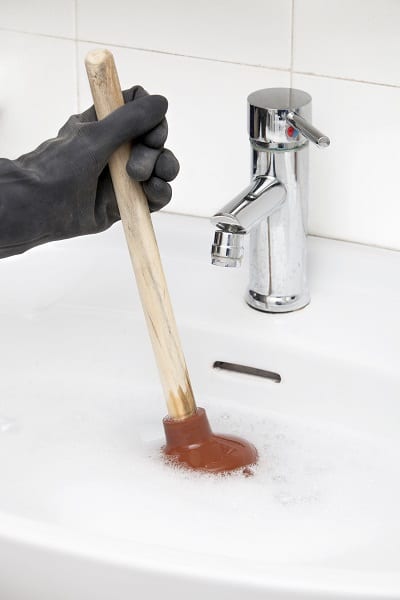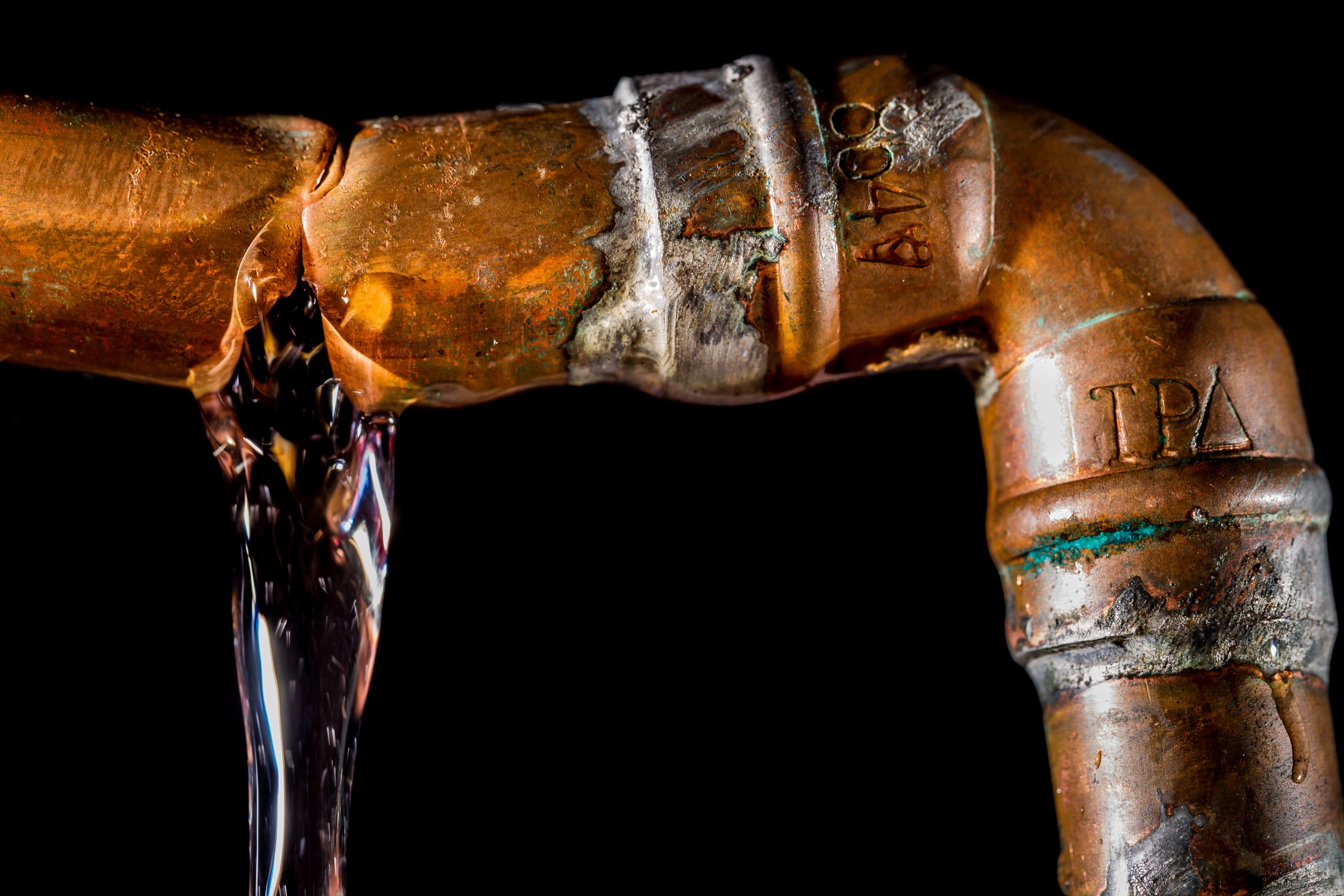Helpful Winterizing Strategies to Prevent Your Pipes From Bursting in Cold Weather
Helpful Winterizing Strategies to Prevent Your Pipes From Bursting in Cold Weather
Blog Article
Are you currently trying to find answers about Winterizing Your Pipes?

All property owners that live in temperate environments need to do their best to winterize their pipes. Failing to do so can mean calamity like frozen, broken, or ruptured pipes.
Switch on the Faucets
When the temperature declines as well as it appears as if the cold temperature level will certainly last, it will help to switch on your water both indoors and outdoors. This will certainly keep the water streaming with your plumbing systems. Additionally, the activity will decrease the cold process. Especially, there's no demand to transform it on full blast. You'll wind up throwing away gallons of water by doing this. Instead, go for regarding 5 declines per min.
Open Up Cupboard Doors Hiding Plumbing
It would certainly be valuable to open up cupboard doors that are concealing your pipelines when it's cold outside. They can be someplace in your cooking area or washroom. This will certainly allow the warm air from your heating system to distribute there. As a result, you prevent these exposed pipelines from cold. Doing this small trick can keep your pipes cozy as well as limit the possibly harmful results of freezing temperature levels.
Take Time to Wrap Exposed Pipeline
One easy as well as cool hack to warm up cold pipelines is to cover them with cozy towels. You can also use pre-soaked towels in hot water, simply don't fail to remember to put on safety handwear covers to safeguard your hands from the heat.
Try a Hair Clothes Dryer or Warm Gun
When your pipelines are almost freezing, your trusty hair dryer or warm weapon is a godsend. If the warm towels do not help displace any kind of clearing up ice in your pipelines, bowling warm air directly into them might help. You may finish up destructive your pipelines while trying to melt the ice.
Shut down Water When Pipes are Frozen
Switch off the primary water valve right away if you observe that your pipes are entirely frozen or almost nearing that phase. You will generally discover this in your basement or utility room near the heating system or the front wall closest to the street. Turn it off as soon as possible to prevent additional damage.
With even more water, even more ice will load up, which will ultimately lead to break pipes. If you are uncertain regarding the state of your pipelines this winter, it is best to call an expert plumber for an assessment.
All homeowners that live in warm climates need to do their ideal to winterize their pipes. Failing to do so can lead to catastrophe like icy, cracked, or ruptured pipelines. If the warm towels do not aid remove any type of clearing up ice in your pipelines, bowling warm air directly right into them may assist. Turn off the primary water shutoff immediately if you notice that your pipelines are completely frozen or practically nearing that phase. With more water, even more ice will certainly stack up, which will ultimately lead to rupture pipelines.
PREVENT YOUR PIPES FROM FREEZING THIS WINTER
A Leading Cause of Property Damage
When the weather is taking a deep nose dive into the cold dreary days, the risk of your pipes freezing and potentially bursting skyrockets. Unfortunately, during these cold dreary months, burst pipes are the most common denominator for property damage. The pipes that are most at the risk are those that are in areas where it is most cold in your home. For instance, pipes located in interior places such as basements, attics, and your garage. Unfortunately, that doesn’t mean that the pipes running through your cabinets or exterior walls can’t freeze. Good news, however, is that you can do things to help prevent pipes from freezing.
How to Prevent Pipes From Freezing
Once the temperature starts to drop during the winter, you should be taking the proper measures needed to ensure that your pipes stay warm and that there is circulation of water through them. Some steps that experts may recommend could go against your better judgement when it comes to saving water and heat. However, it would go without saying that when expenses are compared, damaged pipes could put a bigger dent in your wallet than a water bill.
What Can I Do?
Keep your garage door closed. This is very important, especially if you have water supply lines running through your garage. Open your kitchen and bathroom cabinets to allow warm air to circulate through them. Allow air circulation throughout your home. Keeping the interior doors open will once again allow the warm air to circulate inside your home. Ensure your thermostat is running the same temperature throughout the night and day. If you plan to be away from home during the cold months, set your temperature no lower than 55° F. This should provide enough heat to keep the pipes warm and prevent any remaining water inside the pipes from freezing. For more of a long-term solution, add insulation to attics, basement, and other crawl spaces around your home. By allowing your faucet to drip, it will alleviate pressure in the system. This is important because the pressure that is created between the blockage and the faucet can potentially cause the pipes to burst. Allowing the faucet to drip will prevent the pressure from building up, therefore keeping the pipes from bursting. Seal any cracks, openings, and crawl spaces around your home to prevent cold air from coming inside. This keeps your pipes-not to mention your home-warmer and less susceptible to issues caused by freezing temperatures. For the pipes in your home that are easily accessible, applying electrical tape to them might prevent them from freezing over. This is a quick fix, as you can apply the tape directly to the pipe. There are two options for heating tapes. One turns on and off by itself when it senses heat is needed. The other type of heating tape needs to be applied when heat is needed and removed when not necessary. If you have exposed pipes in your home, you can check this website to take a look at a few options that would be available at a shop near you.

Do you really like reading about How to stop pipes from freezing during the winter? Try leaving a review down below. We'd be pleased to know your opinion about this piece. We are looking forward that you visit us again in the near future. Loved our blog? Please share it. Help someone else check it out. Thanks for going through it.
Professional help? Ring! Report this page